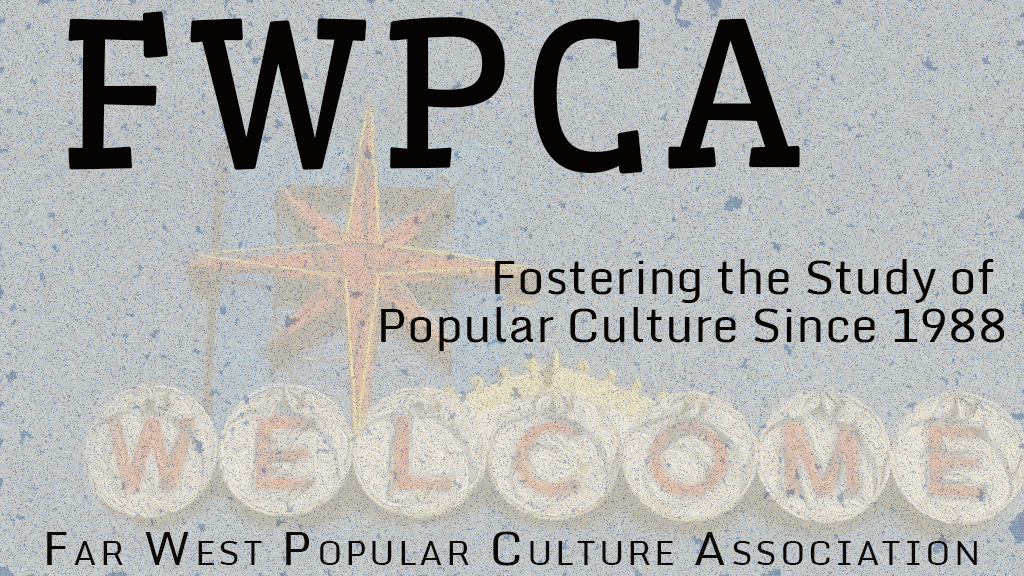Presentation Title
Presentation Type
Paper
Abstract
Oh, the Places You’ll Go! was written in 1990 by Theodore Seuss Geisel, also known as Dr. Seuss, and has continued to be one of Seuss’s most revered books of all time. While many people receive this book at moments of transition, such as college graduation, I primarily approach the book as an opportunity for parents to use it as a communicative tool to introduce young readers to complex emotions as well as symbolically send them off on their journey. In this paper, I argue that Oh, the Places You’ll Go! creates an approachable way for mental health messages to be conveyed and understood to a younger audience. I will use a metaphor analysis informed by the second persona to rhetorically criticize Oh, the Places You’ll Go! in hopes of illuminating the underlying messages about mental health and the book's potential use as a communicative tool for parents. The analysis focuses on how the book invites readers to occupy the position of the yellow clothed main character through language such as “you’ll” and “you’re” and the use of color and spatial metaphors to illustrate uncertainty, fear, depression, bravery, hope, and success.
Oh, the Places You’ll Go! Rhetorical Criticism
Oh, the Places You’ll Go! was written in 1990 by Theodore Seuss Geisel, also known as Dr. Seuss, and has continued to be one of Seuss’s most revered books of all time. While many people receive this book at moments of transition, such as college graduation, I primarily approach the book as an opportunity for parents to use it as a communicative tool to introduce young readers to complex emotions as well as symbolically send them off on their journey. In this paper, I argue that Oh, the Places You’ll Go! creates an approachable way for mental health messages to be conveyed and understood to a younger audience. I will use a metaphor analysis informed by the second persona to rhetorically criticize Oh, the Places You’ll Go! in hopes of illuminating the underlying messages about mental health and the book's potential use as a communicative tool for parents. The analysis focuses on how the book invites readers to occupy the position of the yellow clothed main character through language such as “you’ll” and “you’re” and the use of color and spatial metaphors to illustrate uncertainty, fear, depression, bravery, hope, and success.


Comments
Thank you for the opportunity to let me present my paper at the FWPCA.